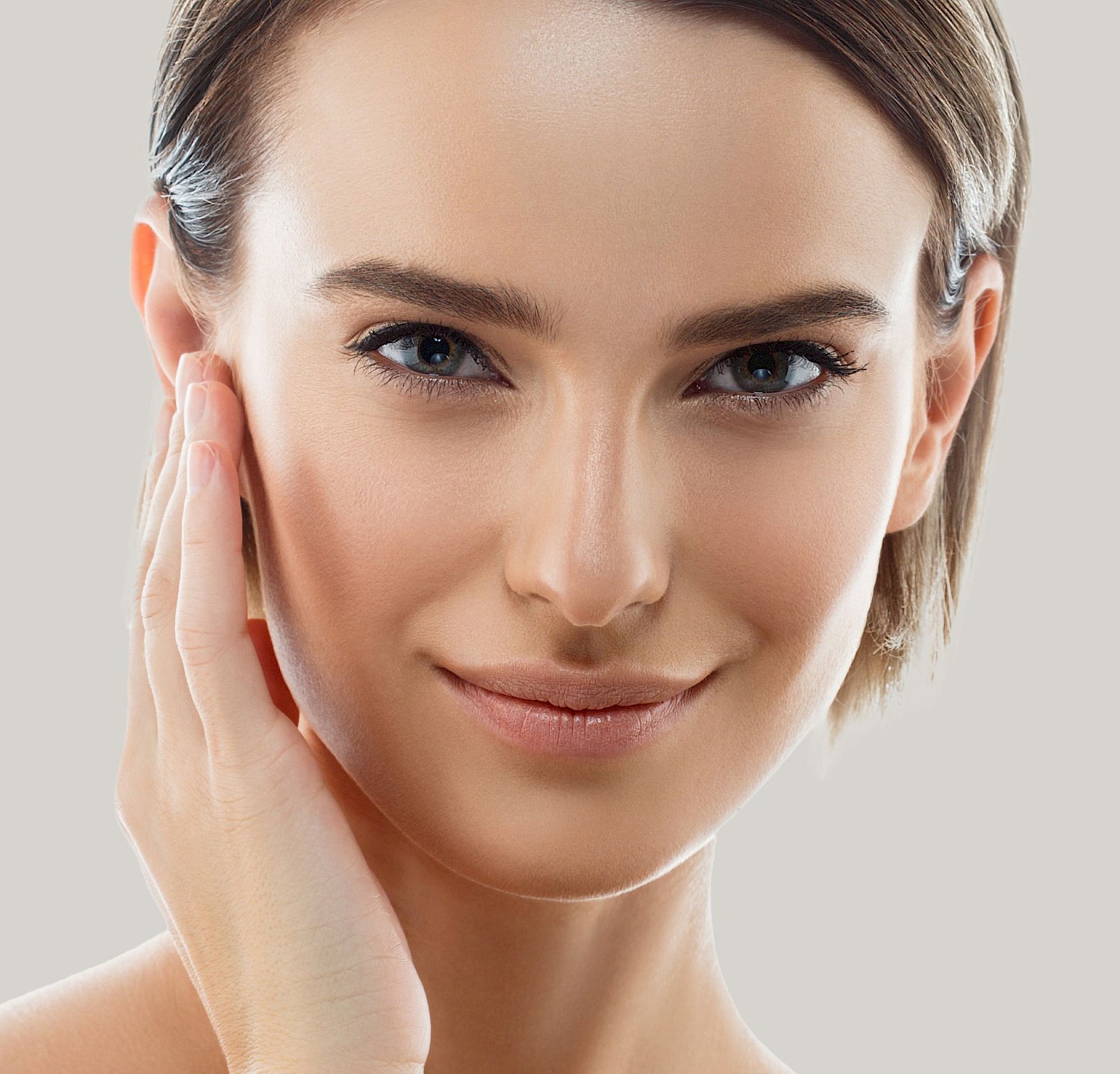SHR ist eine Technik der dauerhaften Haarentfernung mit durchschlagendem Erfolg. Bei diesem System wurden die Erfahrungen der Lasertechnologie mit den Vorteilen des Pulslichtverfahrens kombiniert und zu einem System zusammengefügt, welches bei schonender und schmerzfreier Behandlung beste Resultate erzielt. Mit SHR können die Körperhaare an jeder beliebigen Stelle entfernt werden. Eine Ausnahme stellen die feinen Konturen der Augenbrauen dar. Die Behandlung läuft schmerzfrei und schonend ab.
-
Eignung
Patientinnen und Patienten, welche an störenden Körperhaaren leiden und eine permanente Haarentfernung wünschen.
-
Beratungsgespräch
Im Rahmen eines Beratungsgesprächs besprechen wir die zu behandelnden Areale, führen eine Probebehandlung durch und erörtern die Kosten für die Behandlung. Anschliessend kann ein Behandlungsplan erstellt werden.
-
Behandlung
6 Wochen vor der Behandlung dürfen Haare nicht mehr epiliert oder gewachst werden. Rasieren ist erlaubt. Zudem sollen die zu behandelnden Zonen am Tag vor der Behandlung rasiert werden.
Die Behandlung verläuft schonend und schmerzfrei. Die Dauer richtet sich nach dem zu behandelnden Areal und kann von 15 Minuten bis zu ca. 2 Stunden reichen. Die Beratung erfolgt durch unser kompetentes Team. Eine ärztliche Aufsicht ist gewährleistet.
-
Nachbehandlung
Der ideale Abstand zwischen den Behandlungen ist ca. 6 Wochen, da dies dem Zyklus des Haarwachstums entspricht.
Der natürliche Sonnenschutz der Haut ist nach der Behandlung reduziert. Schützen Sie die Haut mittels Kleidung oder tragen Sie Sonnencreme mit Lichtschutzfaktor 50 für mindestens eine Woche nach der Behandlung. Die Haare fallen erst nach 1 bis 5 Wochen aus. Die Haare sollen nicht ausgezupft werden, rasieren ist erlaubt.
